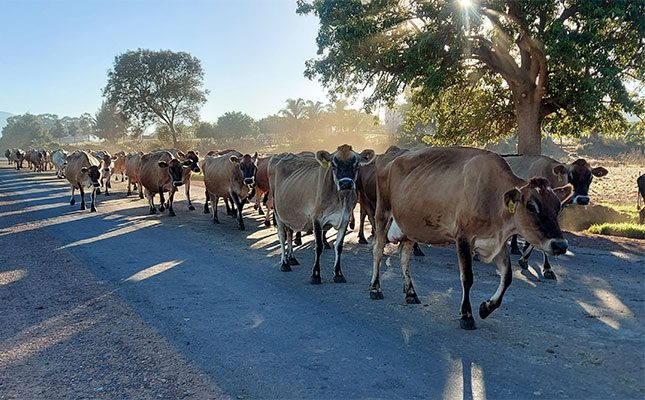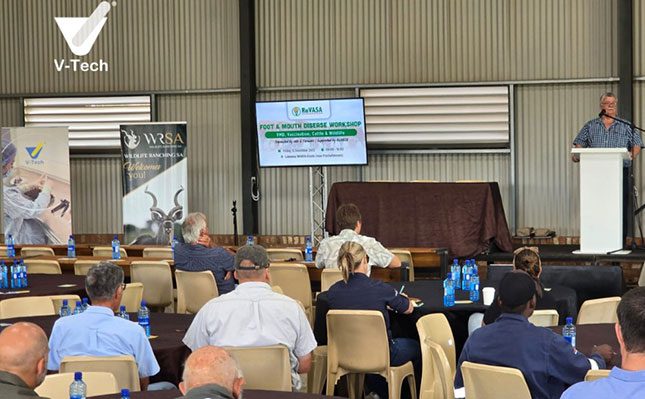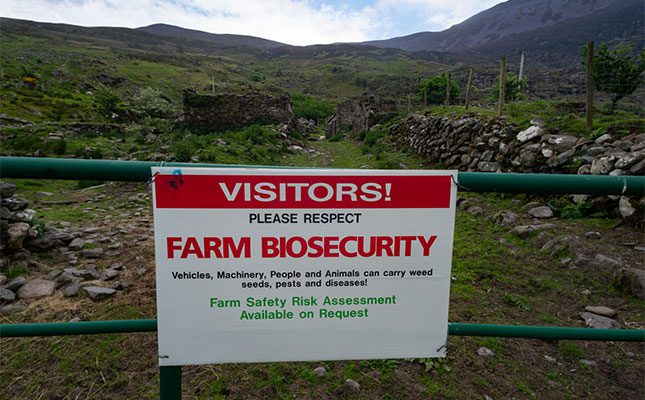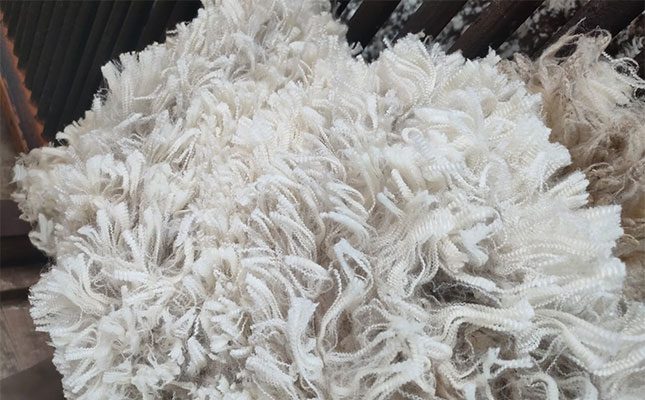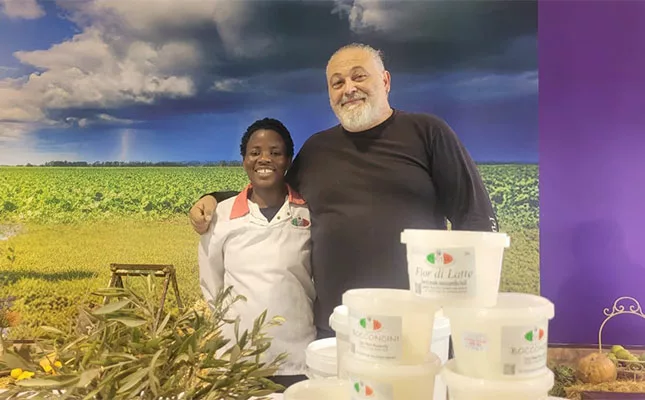
Photo: Magda du Toit
The experts provided information on the entire spectrum of plant health, from the soil microbiome to above-ground pathogens, providing insights gained from fundamental research and adding practical field applications.
During a farmer information session, Prof Zakkie Pretorius, an expert on rust diseases with experience spanning four decades, shared important information on how fungal pathogens like loose smut evolve and adapt and thus threaten wheat production.
Pretorius works in the Department of Plant Sciences at the University of the Free State, and his work on wheat diseases, especially various rust strains, provides vital understanding on disease resistance mechanisms that are critical for developing integrated pest management (IPM) strategies for small grain farmers.
He has a particular focus on loose smut and Fusarium infections.
According to Pretorius, it was important to talk about loose smut because of the increase in incidence, especially in the Western Cape. He said it was even more noticeable in irrigated wheat fields in 2024.
Smuts are a diverse group of plant-parasitic fungi that reproduce by forming teliospores and complete their life cycles on a single host species (autoecious). Smut fungi have spread via contaminated seeds to become diseases of international significance.
Pretorius added it was important to not confuse loose smut with common bunt (stinking smut).
There are various ways to control smut:
- Breed cultivars for resistance;
- Create environmental barriers;
- Do a hot water or heat treatments;
- Purchase certified, pathogen-free seed from reputable companies;
- Use systemic fungicides; and
- Apply effective systemic fungicides.
Prof Driekie Fourie, technical product lead for Syngenta Seedcare in Africa and the Middle East, specifically focused on IPM.
“Integrated pest management is not a negotiable principle any more. It cannot be seen as only a buzzword; it must be part of the farming philosophy and form the base of farming practices,” she said.
Her pioneering work in soil health and plant protection complemented the discussion, as the interaction between nematodes and fungal pathogens often created complex disease scenarios that could exacerbate Fusarium infections.
Fourie’s knowledge of root health and soil ecosystems also offered valuable perspectives on how crops’ natural defence systems could be strengthened.
She stressed that for soil to continue fulfilling its role as a vital resource, it needed to remain healthy. In contrast, a disturbed and unbalanced soil microbiome threatened food security.
According to Fourie, healthy soils:
- Maintained a diverse community of soil organisms;
- Controlled diseases, insects and weeds; and
- Formed beneficial symbiotic associations with plant roots to enhance soil functions and crop resilience and improve crop production.
“In a rapidly evolving agricultural landscape, farmers need support to farm sustainably under changing climatic conditions, with various solutions available, including conventional chemical and biological control methods,” she added.
Crucial to correctly identity plant diseases
Prof Sandra Lamprecht, specialist scientist in plant pathology at the Agricultural Research Council, stressed the importance important it was to correctly identify diseases to ensure the correct measures were taken to curb outbreaks and protect the plants from further infestation.
She stated that soil-borne diseases were among the most important yield-limiting factors in crop production worldwide, and they were often caused by complex organisms.
Lamprecht’s 45 years of experience with soil-borne diseases, particularly her extensive work on Fusarium species, was highly relevant to the discussion at Nampo Cape. Her ground-breaking research in disease complexes and integrated management strategies has been instrumental in developing practical solutions for farmers.
“Soil-borne diseases often go undetected because diseased roots aren’t easily visible,” she said.
She added that management strategies against soil-borne diseases should be preventative rather than reactive.
According to her, an IPM strategy was the most effective means of reducing Fusarium crown rot and many other diseases. In addition, crop rotation with non-host crops and the control of grass weeds were important components of integrated disease management.

